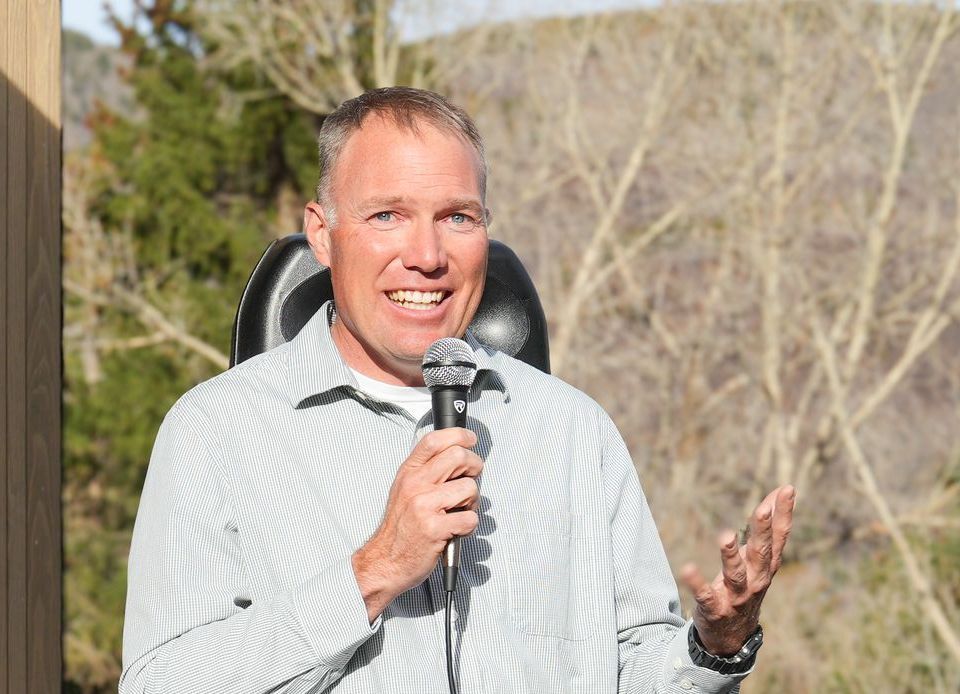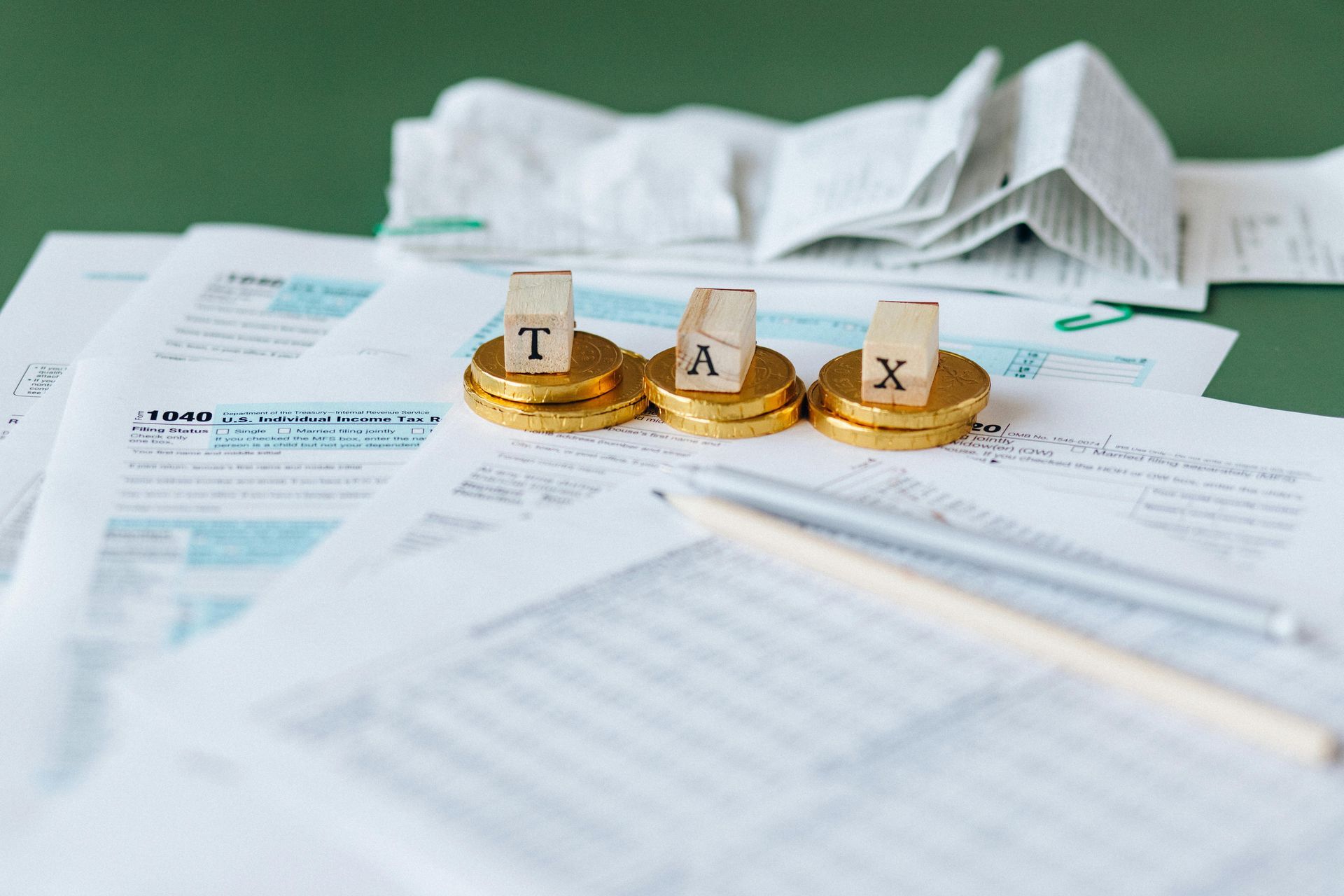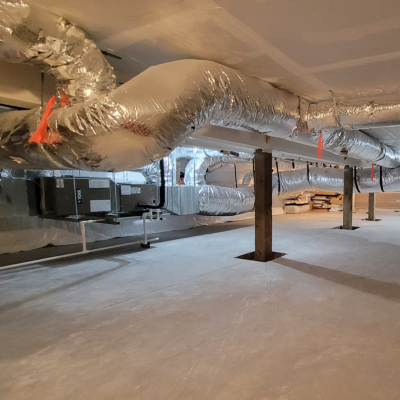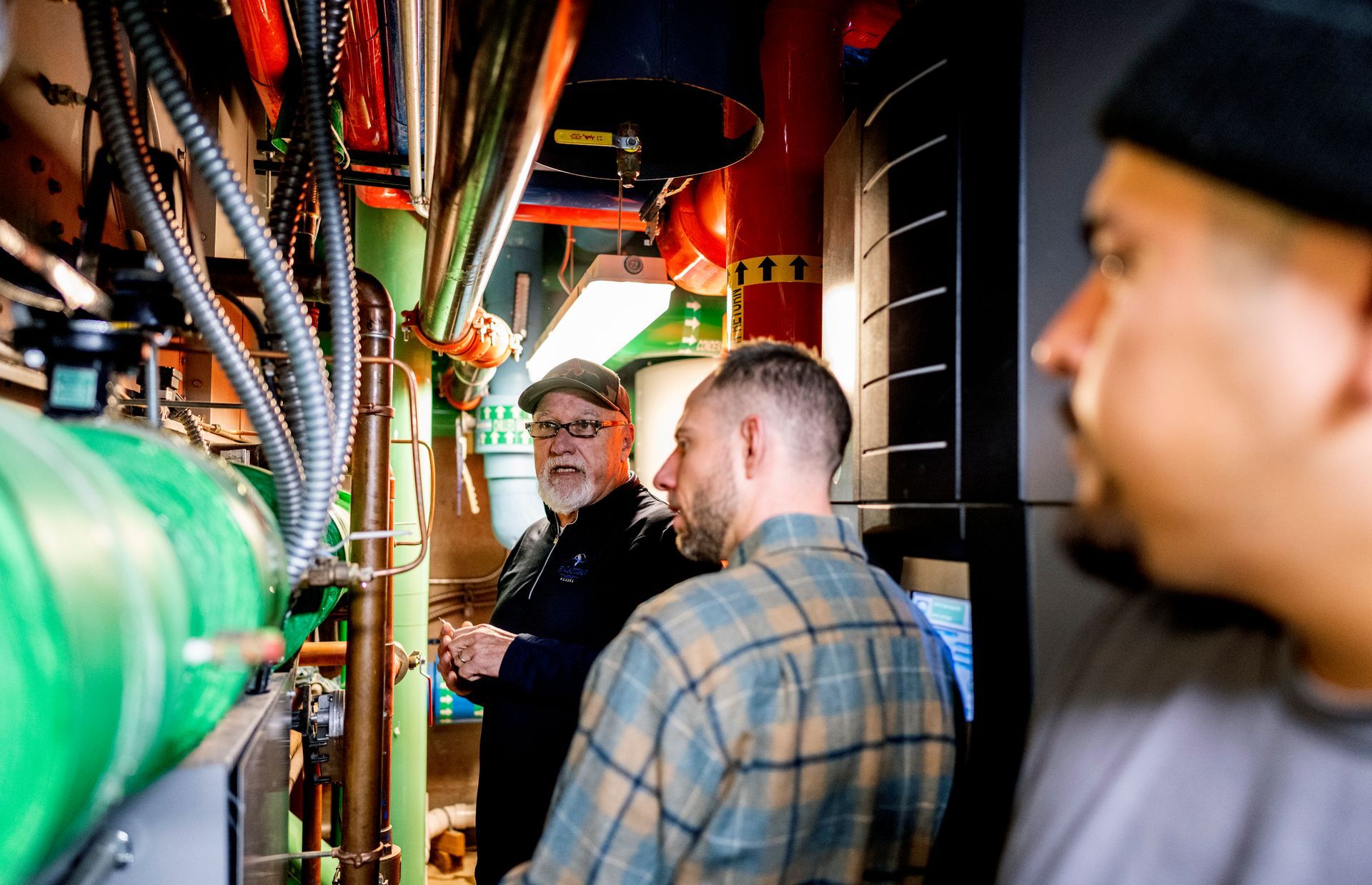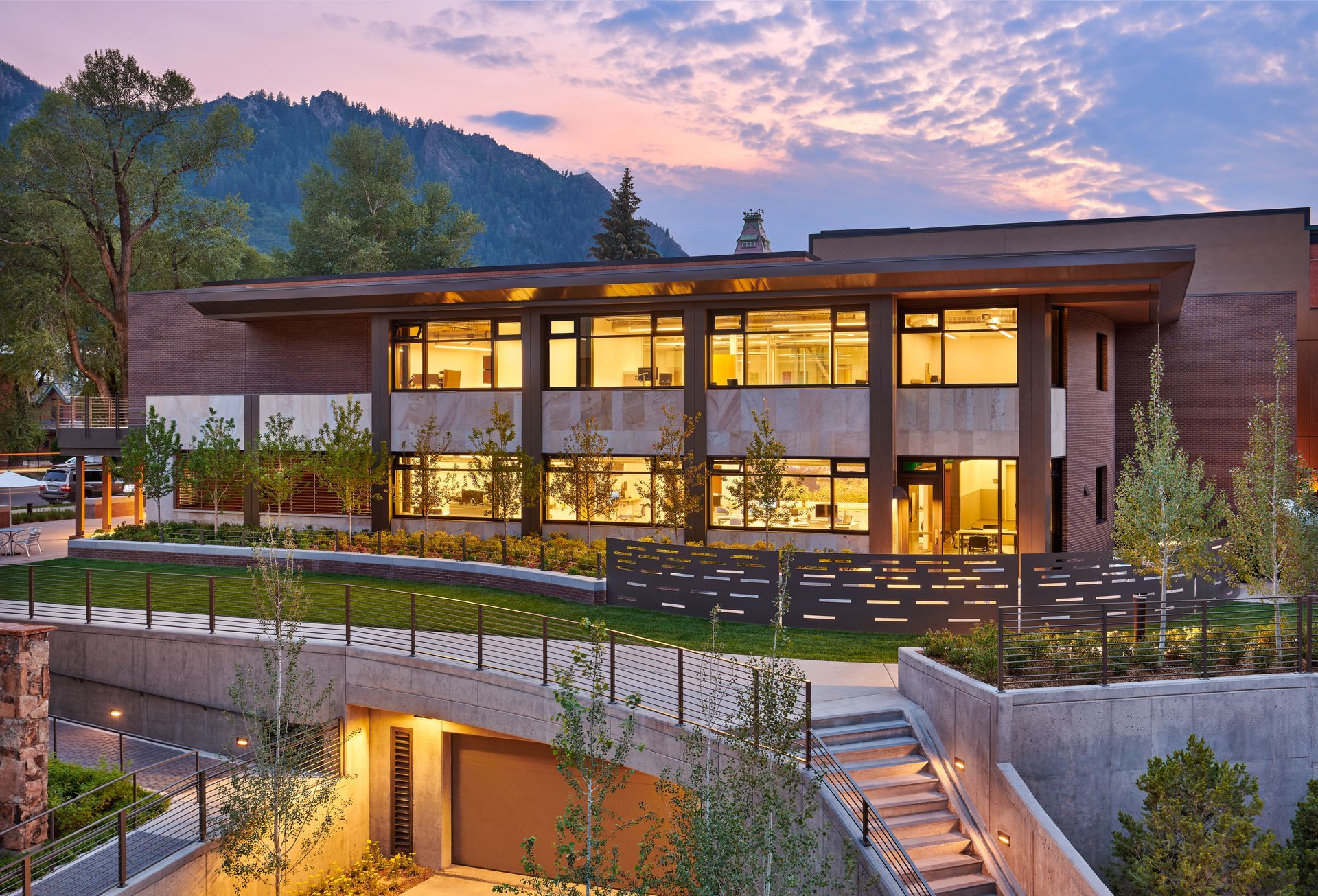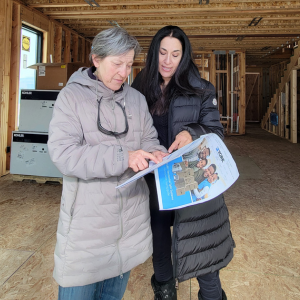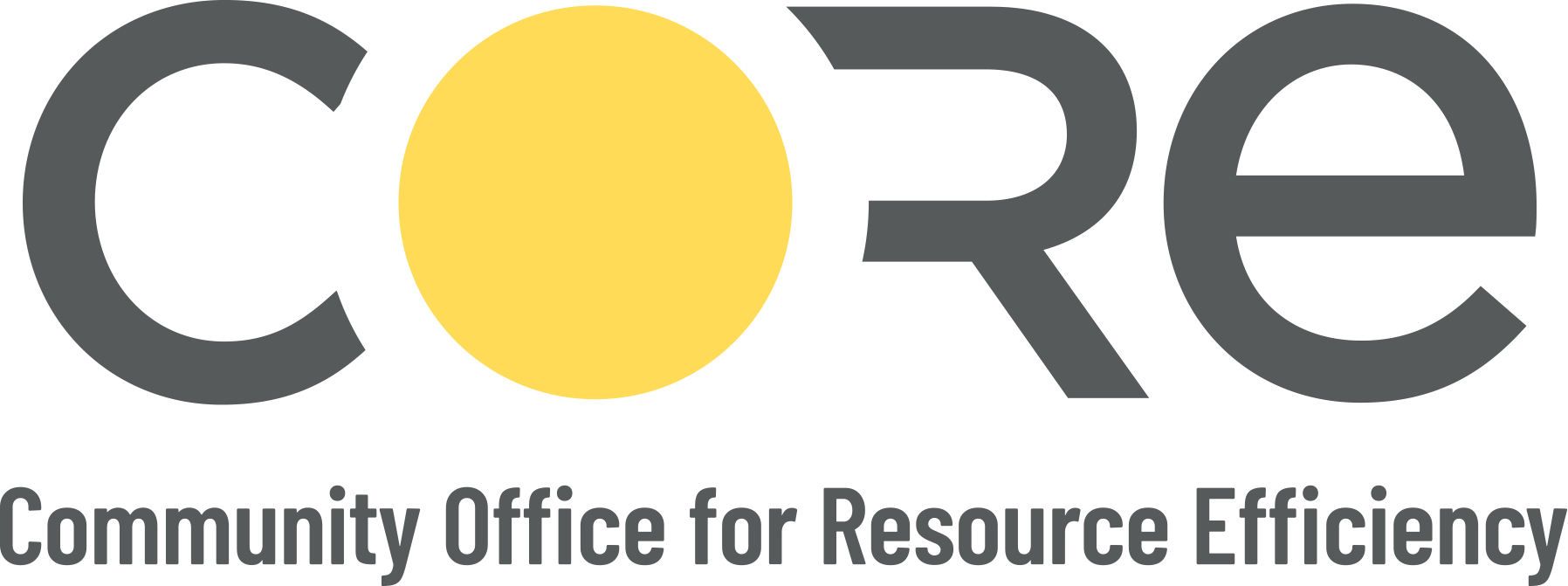Aspen Snowmass Gets a Sustainability Lift
CORE Funds Building and Renovations at Buttermilk
CORE awarded $100,000 to Aspen Snowmass to help construct the new Skier Services building at Buttermilk and renovate Buttermilk Mountain Lodge. These upgrades will further help our community reduce greenhouse gas emissions and reach our climate action goals.
The new Skier Services Building is equipped with heat pumps, a next-generation heating and cooling technology that allows a building to be entirely heated and cooled by electricity. Hefty insulation, advanced control systems, and architecture that captures free heat from the sun all help lighten the load on the heat pumps. In addition to being powered fully by electricity it will be powered by 100% renewable energy come 2030.
Holy Cross Energy is Buttermilk’s utility provider and Holy Cross is committed to making its electric grid 100% renewable energy by 2030.
At the Buttermilk Lodge, several energy efficiency upgrades were made, including advanced controls for heating, kitchen exhaust, and refrigeration systems, which will reduce the natural gas usage in the existing building.
“CORE is a key partner in slashing community greenhouse gas emissions by 2030 in order to prevent the worst impacts of climate change in these mountains we all love,” said Ryland French, CORE’s Senior Technical Advisor. “Aspen Skiing Company is a longtime sustainability leader. From the beginning stages of the design process until project completion, we worked together to find energy-saving solutions for their construction projects. Both buildings are examples for other property owners seeking similar sustainable and advanced options.”
Both buildings are at the entrance of Buttermilk Ski Resort and are proof that you do not need to sacrifice design or beauty for energy efficiency.







